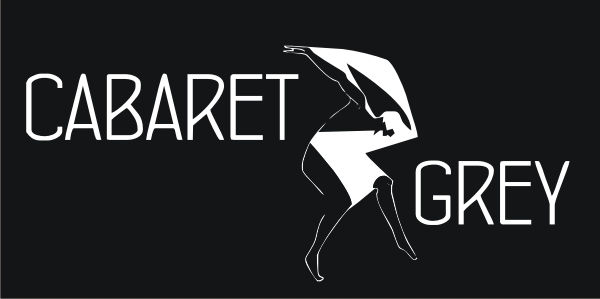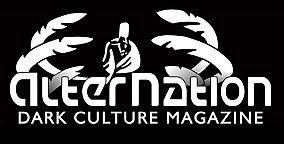Post punk
Post-punk was a popular musical movement beginning at the end of the 1970s, following on the heels of the initial punk rock explosion of the mid 1970s. The genre retains its roots in the punk movement but is more introverted, complex and experimental. Post-punk laid the groundwork for alternative rock by broadening the range of punk and underground music, incorporating elements of Krautrock (particularly the use of synthesizers and extensive repetition), Jamaican dub music (specifically in bass guitar), American funk, studio experimentation, and even punk's traditional polar opposite, disco, into the genre.
It found a firm place in the 1980s indie scene, and led to the development of genres such as gothic rock, industrial music and alternative rock. Post-punk's biggest influence remains in the vast variety of sounds and styles it pioneered, many of which proved very influential in the later alternative rock scene.
During the first wave of punk, roughly spanning 1974–1978, acts such as the Sex Pistols, The Clash, The Ramones, Patti Smith and The Damned began to challenge the current styles and conventions of rock music by stripping the musical structure down to a few basic chords and progressions with an emphasis on speed. Yet as punk itself soon came to have a signature sound, a few acts began to experiment with more challenging musical structures, lyrical themes, and a self-consciously art-based image, while retaining punk's initial iconoclastic stance.
Classic examples of post-punk outfits include The Psychedelic Furs, The Birthday Party, The Fall, Gang of Four, Siouxsie and the Banshees,Joy Division, New Order, Killing Joke, Echo & the Bunnymen, The Cure, Bauhaus, Wire and Tubeway Army. Bands such as Crass and Throbbing Gristle also came within the scope of post-punk, as with several outfits formed in the wake of traditionally punk rock groups: Magazine from Buzzcocks, for instance, or Public Image Ltd. from the Sex Pistols. A list of predecessors to the post-punk genre of music might include Television, whose album Marquee Moon, although released in 1977 at the height of the punk movement, is considered definitively post-punk in style. (However, many would argue that bands such as Television, Talking Heads, Siouxsie and the Banshees, and the Voidoids were all core punk, as it was the raw originality and diversity of sound and style that was punk.) Other groups, such as The Clash, remained predominantly punk in nature, yet inspired and were inspired by the experimentalism of the post-punk movement, most notably in their album Sandinista!.
Championed by late night BBC disc jockey John Peel and record label/shop Rough Trade (amongst others, including Postcard Records, Factory Records, Axis/4AD, Falling A Records, Industrial Records, Fast Product, and Mute Records), "post-punk" could arguably be said to encompass many diverse groups and musicians. The original post-punk movement took place largely in the United Kingdom, with significant scenes throughout the world, though North American and other non-British bands weren't often recognized worldwide. Some notable exceptions include North Americans Pere Ubu, Suicide, Mission of Burma and early Hüsker Dü, Brazil's Legião Urbana, Australia's The Birthday Party and The Church, and Ireland's U2 and The Virgin Prunes.
Around 1977, in North America, the New York led No Wave movement was also tied in with the emerging eurocentric post-punk movement. With bands and artists such as Teenage Jesus and the Jerks, Glenn Branca, Mars, James Chance and the Contortions, DNA, Bush Tetras, Theoretical Girls, Swans, and Sonic Youth on their first self-titled album recorded by Don Hunerberg. The No Wave movement focused more on performance art than actual coherent musical structure. The Brian Eno produced No New York compilation is considered the quintessential testament to the history of No Wave.
The original post-punk movement ended as the bands associated with the movement moved away from its aesthetics, just as post-punk bands had originally left punk rock behind in favor of new sounds. Many post-punk bands, most notably The Cure and Siouxsie & the Banshees, evolved into gothic rock (formerly a style of the larger post-punk movement) and became identified with the goth subculture. Some shifted to a more commercial New Wave sound, while others were fixtures on American college radio and became early examples of alternative rock.
The turn of the 21st century saw a post-punk revival in British and American indie rock, which soon started appearing in many different countries as well. The earliest signs of a post-punk revival took place with the emergence of various underground bands in the mid-90's. However, the first commercially successful bands The Rapture, Liars, Interpol, The Libertines, Franz Ferdinand and Editors surfaced in the late 90's to early 00's. These bands made music with recognizable post-punk influences, even accompanied with arty, almost modish fashions copied from original post-punk bands. Modern post-punk is far more commercially successful than in the 1970s and 1980s. The post-punk revival is unique in modern rock trends, in that it has retained a strong following even after similar 80's revival genres such as electroclash have fallen out of style.
Artists belong to the genre
 |
Cabaret Grey |
Country: Polska / Poland / Date of establishing : 2010 |
Pages:
1
1
